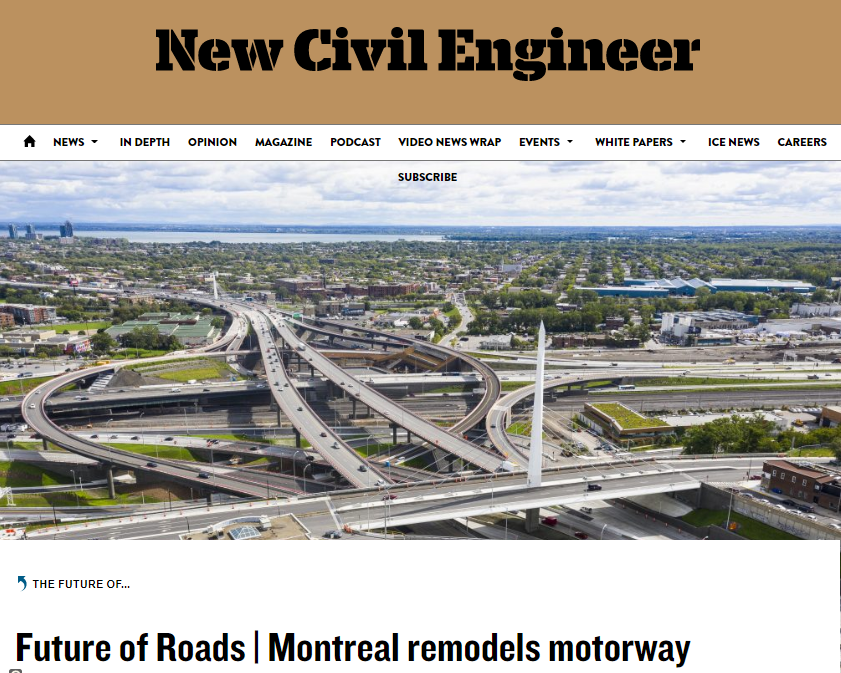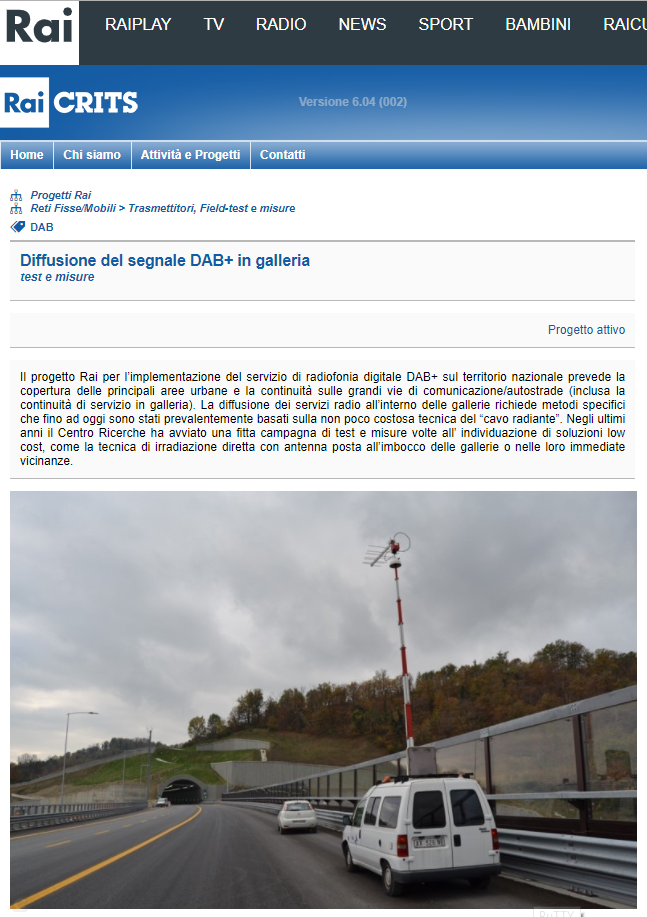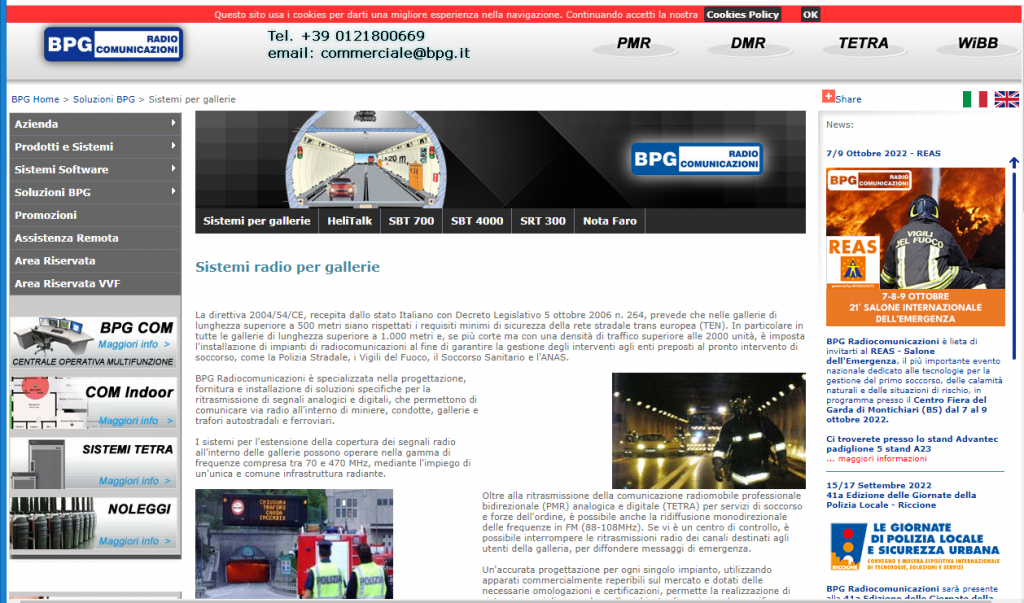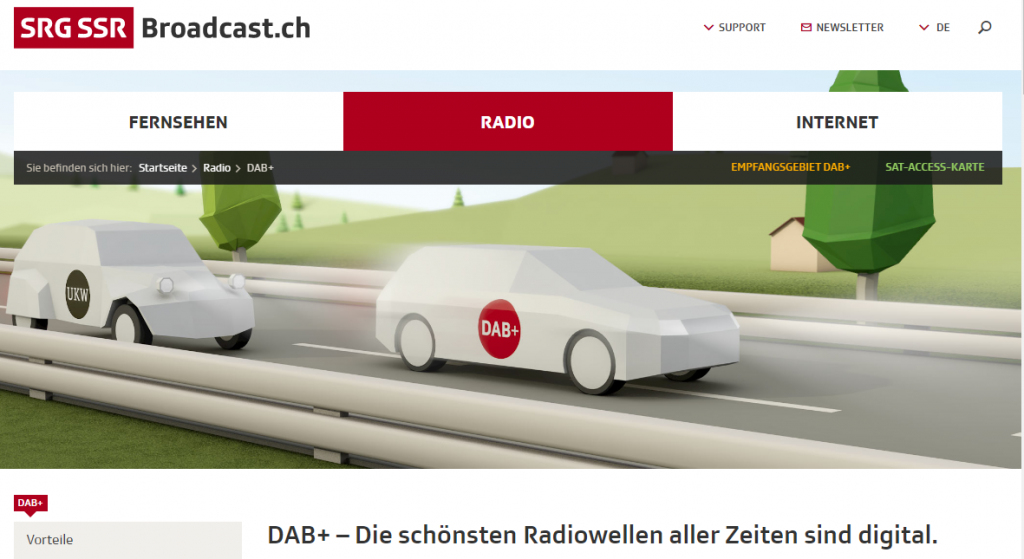
Source
With the pandemic, traffic had plummeted and the ratings of Radio Circulation, Montreal’s traffic radio station, had declined. But since the renovation of the Louis-Hippolyte-La Fontaine tunnel (opened in 1967) began, the station has become very popular again. The tunnel to be renovated, to ensure its operation for another 40 years, passes under the St. Lawrence River and connects the island of Montréal with the south bank of the river in Longueuil, Quebec. It is a vital access route to the city and since three of the six lanes will remain closed until November 2025, many have thrown in the towel and opted for the train or the metro (+15%), while those in cars rely on the radio to seek alternative routes.
A bet won

Source
Moreover, Radio Circulation owes its fortune to traffic jams: it opened in 2011, a year before the opening of the major construction site for the Turcot interchange, a multi-level elevated road system linking three motorways: Autoroute 15, 20, and 720. The station broadcasts on 98.5 FM and 730 kHz mediumwave, and in the studio, two editors take turns every half-hour in conducting and answering listener calls, never losing sight of the twenty or so monitors that show the hot spots at risk of traffic jams. The radio competes with online navigation platforms but manages to give faster and more up-to-date information than Google Maps and Waze, both in the portfolio of Alphabet, the web giant.
Written by Fabrizio Carnevalini




